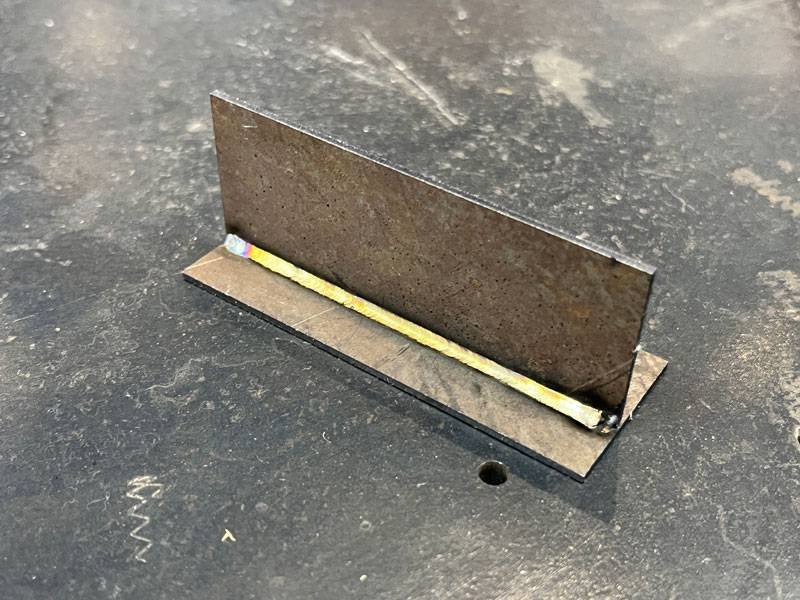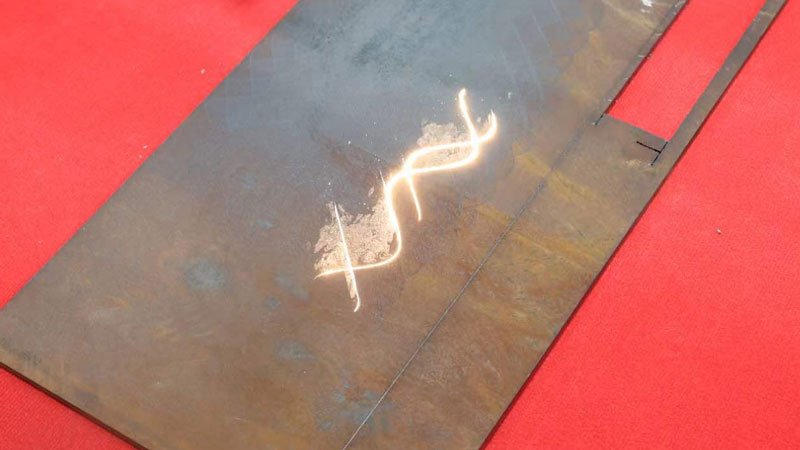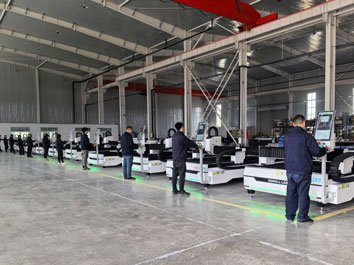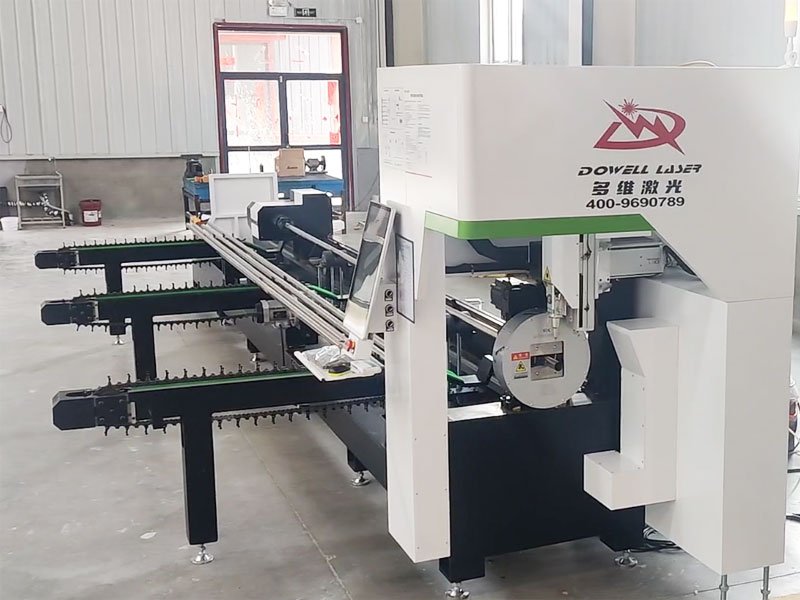Laser cutting technology is widely used in shipyards to improve work efficiency and save time. The shipbuilding industry consumes mainly medium and thick plates. Commonly used material types are: 2C, 3C, 4C, 5C and other special carbon steels and 12MnC, 16MnC, 15MnTiC, 14MnVTiReC and other special steels. Ordinary ships have relatively low requirements for cutting accuracy, but the construction of large ships, such as container ships, LNG ships, large cruise ships, etc., belongs to “precision shipbuilding” and has higher requirements for cutting accuracy.
Traditional shipbuilding enterprise cutting method
Traditional shipbuilding companies mostly use cutting methods such as flame cutting, plasma cutting, shearing and bending processing, which are not only inefficient, but also prone to problems such as low cutting accuracy, cross-section defects or slag. Laser cutting has the advantages of high precision, high-quality cross-section, fast efficiency, small cutting seam, high material utilization, no secondary processing, direct welding, and small thermal deformation.

Fiber Laser Cutting Machine Technology
The laser beam can be focused into a very small light spot. For the same size of plate, the cutting seam of fiber laser cutting is smaller than that of plasma cutting and flame cutting. For plates of the same thickness, the cutting gap of plasma cutting is 5-6mm, while that of laser cutting is about 1.5mm, which can save 6%-9% of materials.
Cutting plates for shipbuilding
The thickness of the plates required for the decks, ribs, brackets, ribs, side plates and other accessories of large ships such as oil tankers and container ships is between 10-40mm. In order to facilitate the firmness of later welding, some thick plate materials in ship manufacturing need to be cut into grooves. Laser cutting can form a variety of groove types at one time.
Laser Welding Technology in Ship Processing
Welding hours account for about 30% to 40% of the total shipbuilding hours, while welding costs account for 30% to 50% of the entire hull cost. Welding efficiency and welding quality will directly affect the production cycle, cost and hull quality of ship processing and manufacturing.

Laser welding technology vs. traditional welding
- Laser welding technology can perform more precise and in-depth welding, and can quickly form profiles;
- It has low requirements for the welding environment and can be welded directly in the air;
- The welding method is more flexible and safe, and can weld parts that are difficult to weld with traditional methods, so it has become a hot research process in modern shipbuilding.
Traditional welding processes require beveling and filling solder to weld steel plates above 10mm to meet welding requirements. The thicker the plate, the larger the bevel angle, the more solder required, and it often requires multiple processes to weld fully, which is costly, takes a long time to weld, has poor weld flatness, and is generally strong.
Using 10,000-watt laser-arc hybrid welding, steel plates below 20 mm can be welded without beveling, and steel plates above 20 mm only need to be beveled at a quarter of the traditional bevel angle, greatly compressing the bevel gap, lowering costs, and increasing efficiency by 6-10 times, achieving a double increase in production efficiency and manufacturing precision, and making the steel more solid.
Laser Cleaning Technology in Ship Processing
There is a lot of cleaning work before and after welding and before painting. The quality of cleaning work also determines the quality of welding and painting to a certain extent.

Traditional cleaning technologies mainly include manual grinding, sandblasting, high-pressure water washing, chemical cleaning, etc., which are widely used in ship painting, welding and other processes. Traditional cleaning technology has high labor intensity, serious pollution, great occupational disease hazards, and is very unfriendly to construction workers. Laser cleaning technology has many advantages such as no damage to the substrate, micron-level precision control, energy saving and environmental protection, so it has become a research hotspot in shipbuilding.
As an advanced tool and means to promote intelligent manufacturing, laser processing technology has been widely adopted by major large shipyards in Europe, the United States and Japan. China’s shipbuilding industry is also actively embracing new technologies to improve the level, quality and efficiency of shipbuilding, enhance the international competitiveness of Chinese ships, and promote the high-quality development of China’s shipbuilding industry!
If you want to learn about the latest advanced laser cutting technology, you can contact us to get the latest laser equipment quotation.



